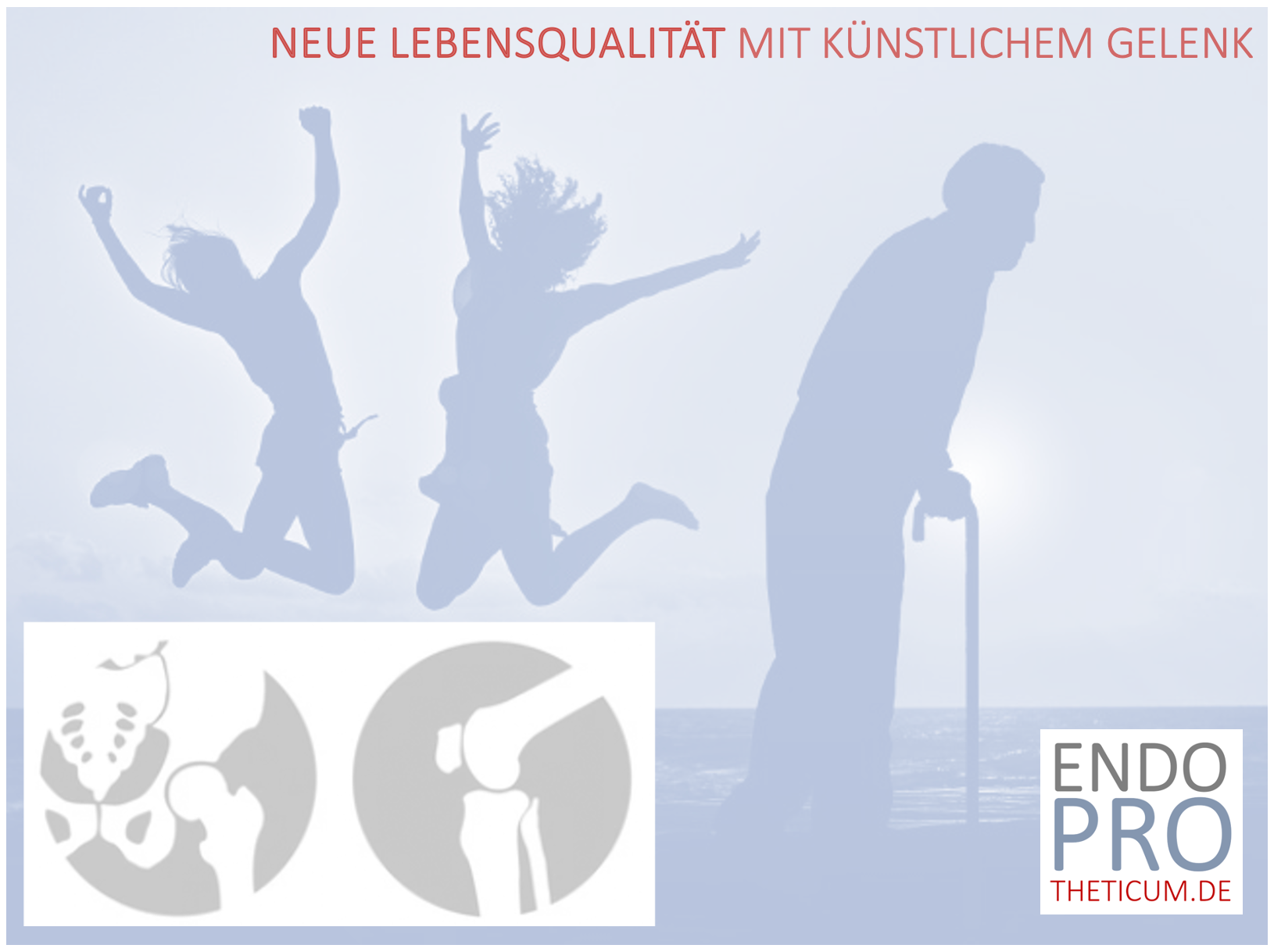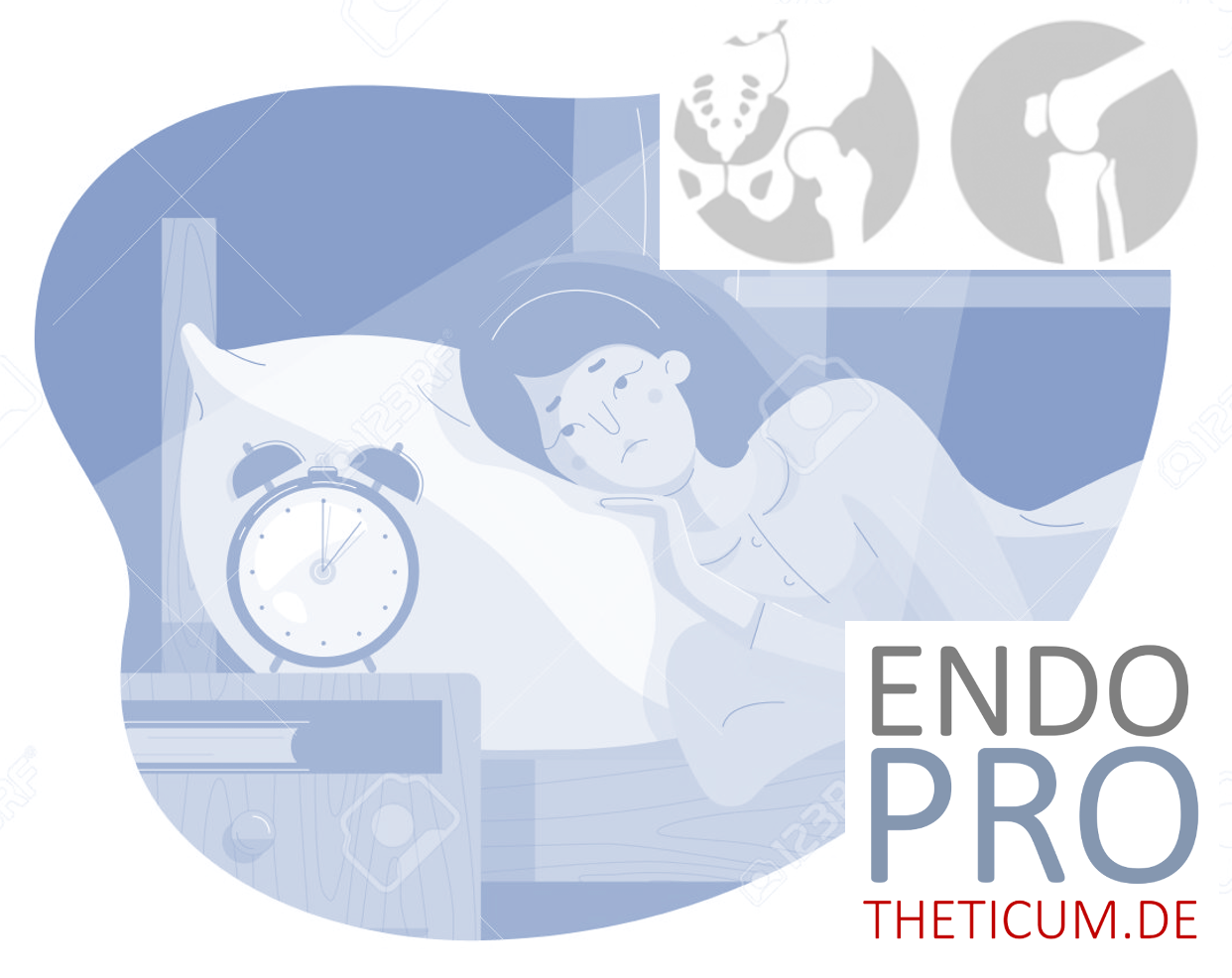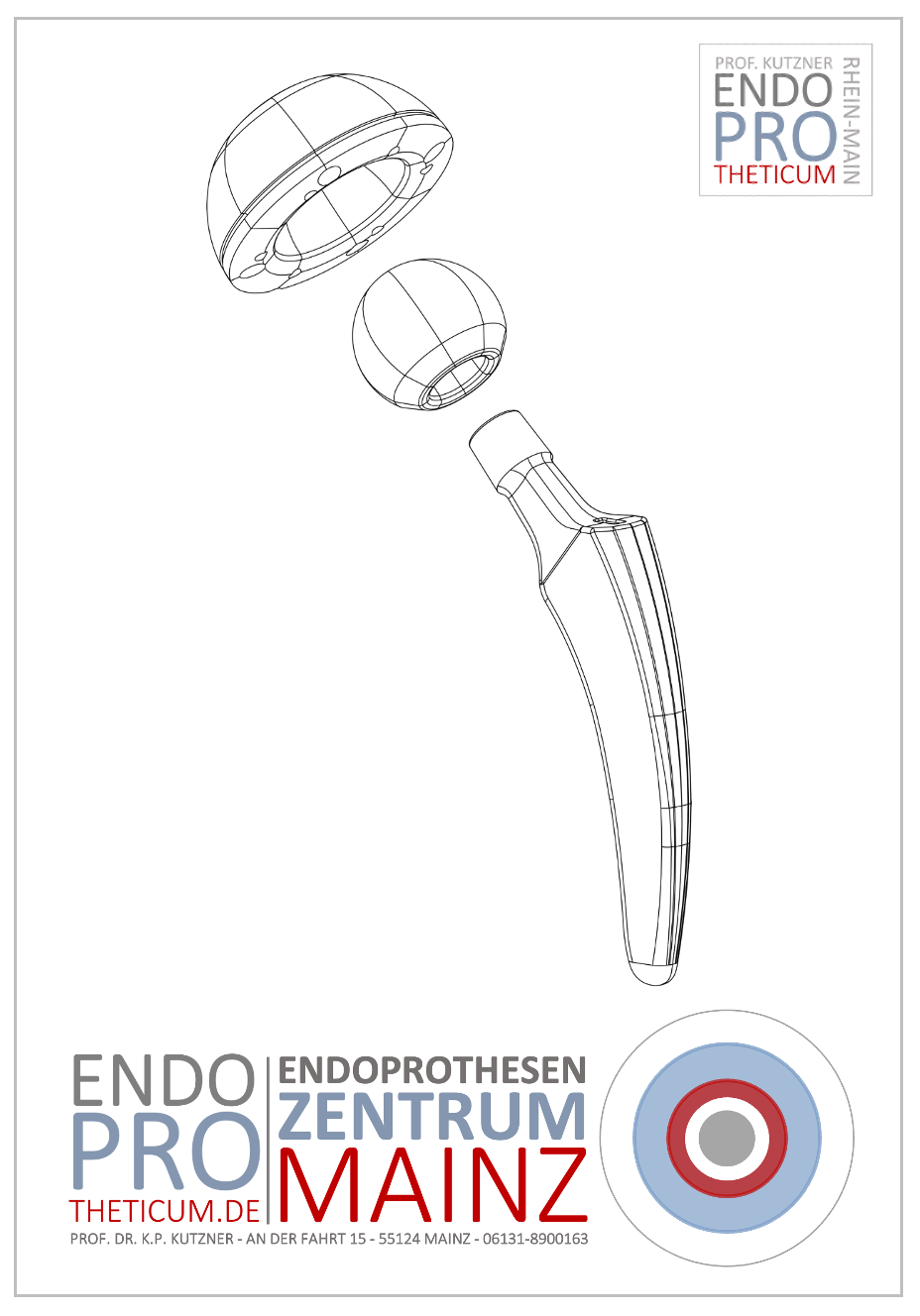Physiotherapy for advanced coxarthrosis – why you have to be careful
Can physiotherapy also be harmful in advanced cases of coxarthrosis?

A diagnosis of coxarthrosis —osteoarthritis of the hip joint—changes the lives of many patients. Initially, the symptoms are often only mild, but over the years, the pain and limited mobility noticeably increase. Especially in the advanced stages of coxarthrosis, the question arises: Can physical therapy still help, or might it do more harm than good?
This article goes into detail about the connections, explains the specific changes in coxarthrosis, highlights the opportunities and risks of physiotherapy and shows when it is better to take the next step towards surgical treatment and individual consultation with an experienced hip specialist - such as Prof. Kutzner at the Endoprotheticum Rhein-Main in Mainz .
What is coxarthrosis?
Coxarthrosis is a degenerative disease of the hip joint . It involves progressive deterioration of the articular cartilage, changes in the bone, and, in later stages, even misalignment of the entire joint. While the hip joint is a smooth "ball-in-socket" mechanism in young people, it becomes increasingly "uneven" with osteoarthritis.
Patients initially notice this through reduced resilience and stiffness in the morning or after prolonged sitting. Later, pain in the groin, thigh, or buttocks develops.
Restriction of mobility as the main symptom of coxarthrosis
One of the most striking and distressing symptoms of coxarthrosis for patients is restricted mobility .
Typical is:
- Problems putting on shoes or socks
- Difficulty getting in and out of the car
- Pain when walking longer distances
- Restrictions when climbing stairs
- Blockages when turning the hip (e.g. when crossing legs)
These movement restrictions are not just a secondary symptom, but are directly caused by the structural changes in the joint .
Why does advanced coxarthrosis lead to restricted movement?
The reasons for the decreasing mobility in advanced coxarthrosis lie in the profound changes in the joint itself:
Cartilage degradation:
The smooth articular cartilage, which normally acts as a shock absorber, wears away, causing friction between the bones.
Bone extractions (osteophytes):
The body attempts to enlarge the joint surface by forming bony growths. However, these osteophytes block movement.
Joint space narrowing:
The space between the joint surfaces becomes smaller and smaller, which leads to pain and mechanical blockage.
Stiffening of the joint capsule:
Inflammation and scarring in the joint capsule cause additional movement restrictions.
The result: The hip "jams." Even with the greatest exertion, it's almost impossible to regain full mobility.
What role can physiotherapy play in coxarthrosis?
Physiotherapy particularly important in the early stages of coxarthrosis
- the muscles to relieve the hip,
- improve coordination ,
- maintain everyday functions through targeted exercises ,
- Relieve pain by correcting incorrect loads.
But in the advanced stages, the situation is different. This is where even the best exercises reach their natural limits.
Limits of physiotherapy in advanced coxarthrosis
Many sufferers hope that physical therapy can restore lost hip mobility . But this is precisely where the problem lies:
- The bony changes (osteophytes, misalignments) can no longer be reversed by training .
- Attempts to make the joint capsule and muscles more “mobile” encounter a mechanical barrier in the joint.
- This often leads to increased pain after the exercises.
- The result: patients often feel worse after physiotherapy than before .
This creates a vicious circle: more exercise training means more pain, more inflammation and less quality of life.
When can physiotherapy still help with coxarthrosis?
Despite all the limitations, there are situations in which physiotherapy remains useful, even in advanced stages:
- Strengthening the muscles : Strong thigh and buttock muscles stabilize the joint and make everyday life easier.
- Pain relief measures : Manual techniques, heat or electrotherapy can relieve tension.
- Gait training : Physiotherapeutic training can help to avoid incorrect loading when walking.
- Preparing for surgery : Prehabilitation before hip surgery improves recovery after the procedure.
But one thing is clear: improving mobility, even through physiotherapy, is hardly possible in advanced cases of coxarthrosis.
Why physiotherapy can activate symptoms of coxarthrosis
Attempting to make the hip “freer” again through stretching and mobilization significant increase in symptoms in patients with advanced coxarthrosis .
The reasons:
Mechanical blockage:
Osteophytes limit the range of motion. Attempting to "train past them" only further irritates the joint.
Joint inflammation:
Any overload leads to inflammatory reactions, swelling and pain.
Muscular protective tension:
The body reacts with tension, which in turn limits mobility.
Instead of making progress, many affected people experience setbacks.
Physiotherapy for coxarthrosis – helpful or harmful?
The honest answer is: Both are possible.
- Helpful: when physiotherapy is specifically aimed at pain relief, muscle strength and preparation for surgery.
- Harmful: when it tries to restore lost hip mobility .
Especially in the advanced stages of coxarthrosis, the disadvantages of overly aggressive exercise training often outweigh the advantages.
The right time for the hip specialist in coxarthrosis
If the pain increases, mobility is severely restricted, and physiotherapy does more harm than good, you should consult hip specialist
At the Endoprotheticum Rhein-Main in Mainz, under the direction of Prof. Dr. Karl Philipp Kutzner, patients receive individualized consultations. A joint decision is made as to whether conservative treatment is still appropriate or whether the time has come for joint replacement.
The advantage: A specialized clinic can not only assess the current situation, but also offer the best possible treatment – including the most modern form of artificial hip joint .
Conclusion: Physiotherapy does not always help with coxarthrosis
Physiotherapy is a valuable tool for coxarthrosis of the hip – but not in every stage of the disease. While it can improve mobility and quality of life in the early stages, it reaches its limits in the advanced stages .
- The limited mobility is a direct result of bone changes.
- Attempting to resolve this limitation through physiotherapy often leads to increased pain .
- Physiotherapy can still be useful when it comes to muscle strength, pain relief, and preparation for surgery .
- Anyone suffering from increasing symptoms should definitely consult a hip specialist such as Prof. Kutzner at the Endoprotheticum Rhein-Main in Mainz .
Because one thing is clear: In cases of advanced coxarthrosis, the path back to true mobility and quality of life often only leads through a surgical solution in the form of a total hip replacement.
MAKE AN APPOINTMENT?
You are welcome to make an appointment either by phone or online .



























